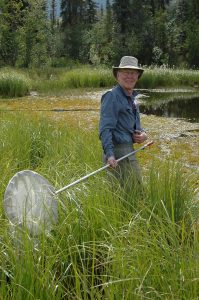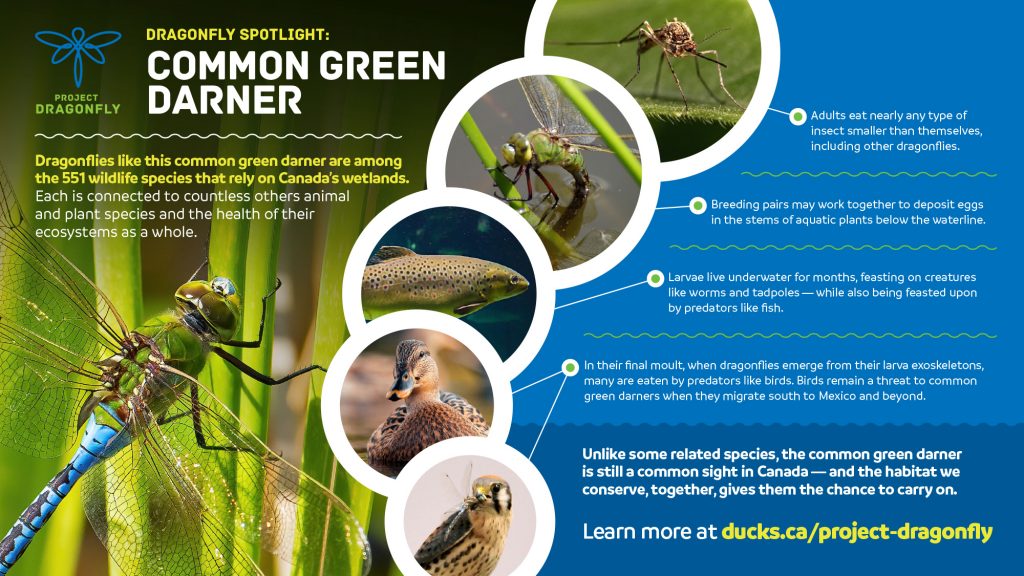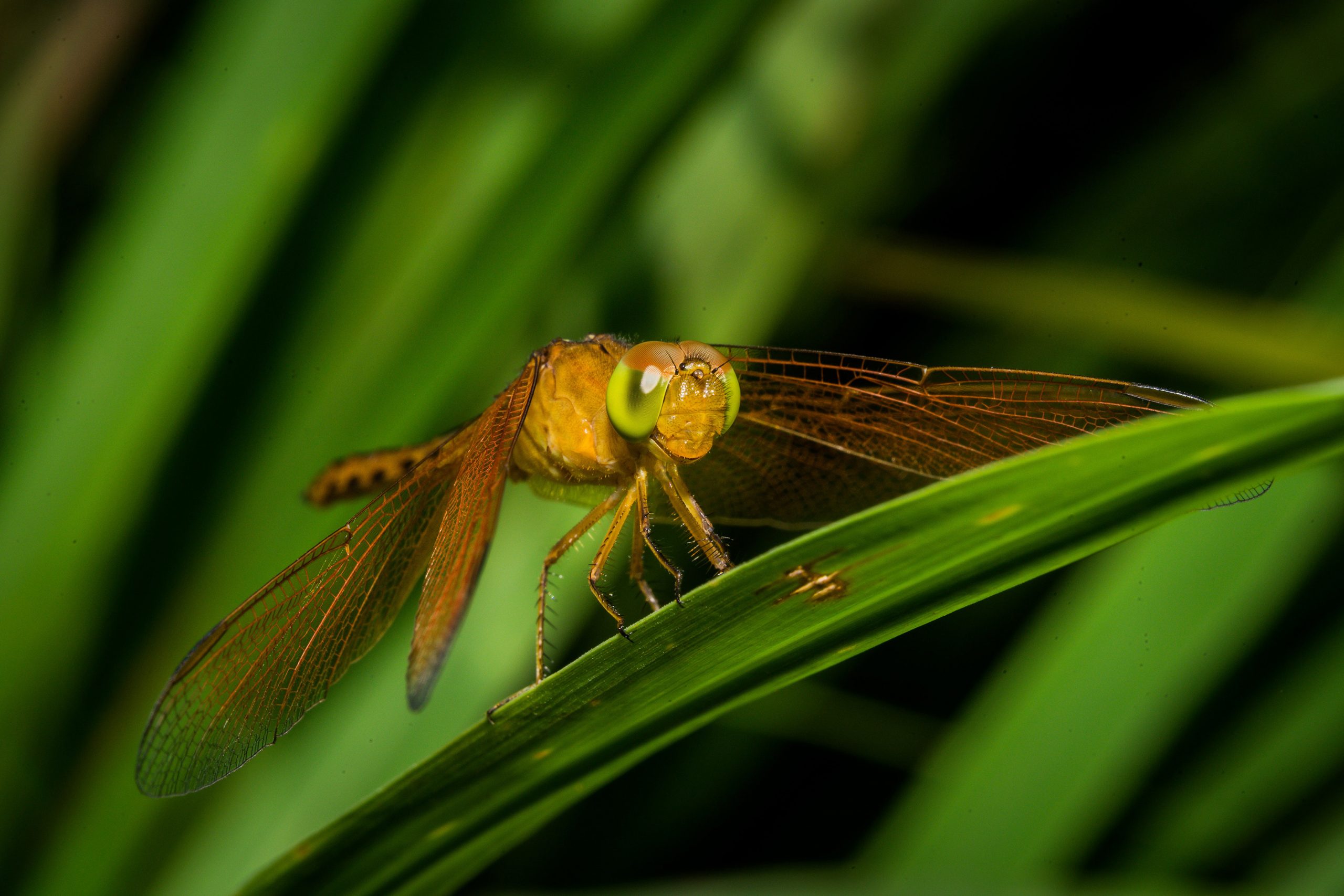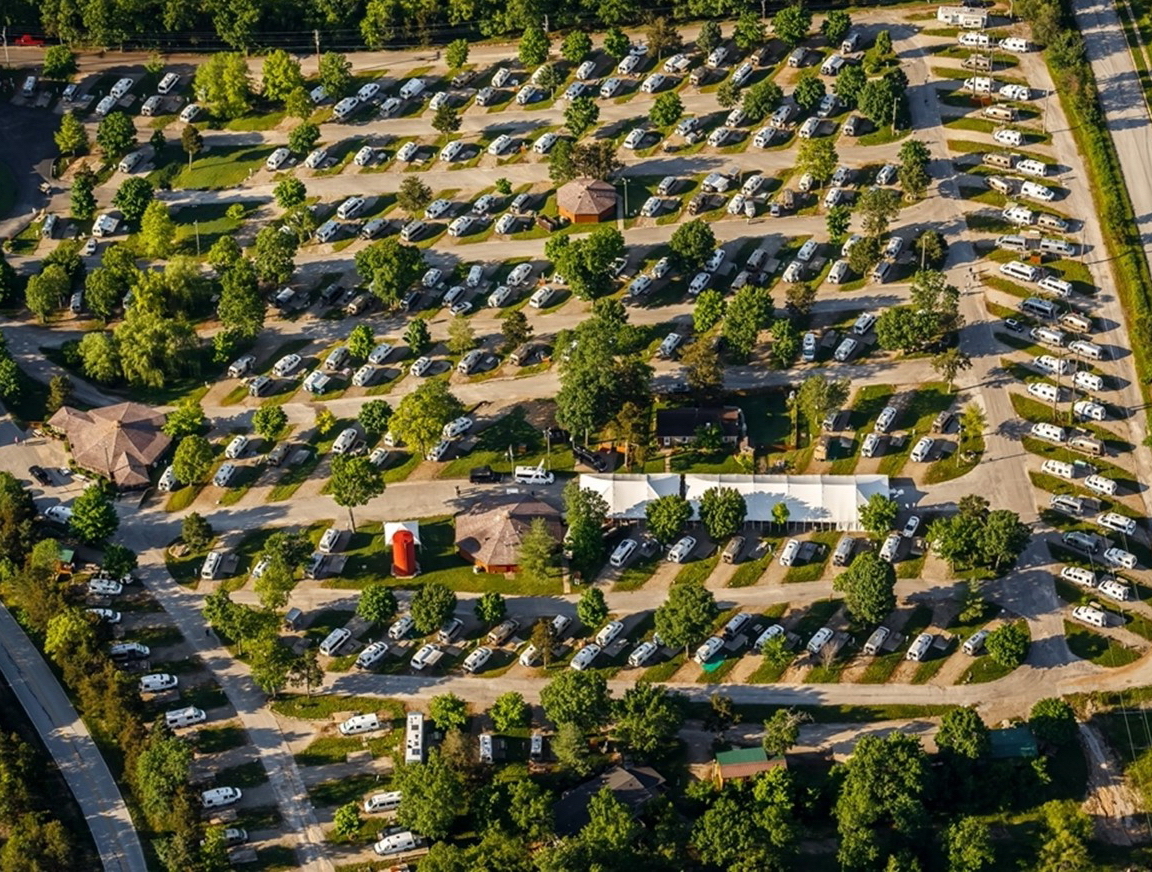Dragonfly close-up ©Andre Mouton
Conservation needs to consider insects like the iconic dragonfly –
Prominent Canadian Entomologist Encourages Nature Enthusiasts to Take Part in Citizen Science Efforts
By Janine Massey
In 2021, the International Union for Conservation of Nature placed 16 per cent of dragonflies and damselflies on its Red List of Threatened Species™, a dramatic decline symptomatic of the widespread loss of wetland habitats. Dragonflies are an ecological indicator species; their presence signifies a healthy freshwater ecosystem. And like the proverbial canary in a coalmine, their declining populations are a sign of a larger problem.
Another problem? Motivating people to care. The plight of insects like dragonflies doesn’t tend to garner the same emotional connection to conservation as, say, a playful otter or a majestic bird. But we know an expert who can help on that front.
 Recently, we had an opportunity to catch up with Dr. Rob Cannings, an entomologist and Curator Emeritus for the Royal British Columbia Museum. Dr. Cannings wrote the handbook on dragonflies in B.C.
Recently, we had an opportunity to catch up with Dr. Rob Cannings, an entomologist and Curator Emeritus for the Royal British Columbia Museum. Dr. Cannings wrote the handbook on dragonflies in B.C.
A lifelong insect aficionado, Dr. Cannings’ early fascination with Odonata (an order of flying insects that includes dragonflies and damselflies) began while exploring the pond near his childhood home in the Okanagan Valley. In the yard of his former Victoria home, he installed a network of three ponds, designed to attract dragonflies and damselflies with colourful names like the Pacific forktail, blue-eyed darner and cardinal meadowhawk.
“Dragonflies are upper-level predators in the invertebrate food web; they can be linked to habitat quality and have often been identified as excellent indicators of ecosystem health,” says Dr. Cannings. He adds that since many aquatic ecosystems such as peatlands, marshes and small lakes are not home to fish, Dr. Cannings says invertebrates like dragonflies can sometimes be the only convenient indicator species.
 “Many dragonfly species are habitat-specific, and their presence can be used to characterize healthy wetlands of all sorts,” notes Dr. Cannings.
“Many dragonfly species are habitat-specific, and their presence can be used to characterize healthy wetlands of all sorts,” notes Dr. Cannings.
Given the importance of these insects to the food-web and as indicators of ecosystem health, what can we do to save our dragonflies?
According to Dr. Cannings, hope lies in the insects themselves. Odonata are well suited for long-term monitoring programs because they are large, colourful, and diurnal (daytime) creatures that are easily observed, making them excellent candidates for nature interpretation programs and citizen science platforms like inaturalist.ca or bugguide.net.
While conserving our wetlands is key to protecting these aerial acrobats, surveys and monitoring are also important to “broaden our understanding of the changes in habitat and biodiversity resulting from human activity and climate warming,” notes Dr. Cannings.
Inspired by insects?
Dr. Cannings describes himself as being equally happy waist-deep in a pond, staring down his microscope at a new insect, or drafting the outline of a new paper about his discoveries on his laptop. While mounting societal concerns like climate change, habitat loss and light pollution can occupy his thoughts, he continues to focus on igniting the imagination of the next generation of naturalists.
Here is some advice from Dr. Cannings for any aspiring entomologists and insect conservation advocates:
- Be curious and apply yourself. Study, learn and read — lots.
- Volunteer at a museum, university, or government research centre.
- Document your findings, write detailed notes and explore platforms like iNaturalist and BugGuide.
- Take part in local habitat enhancement programs and species monitoring efforts.
- Join a local natural history society or entomological society (many have amateur or student programs).
- Practise public speaking and seek out co-op programs to gain experience.
Introducing DUC’s Project Dragonfly
Dragonfly populations have adapted and survived for more than 300 million years. Now they are giving us a warning — and we need to respond. The good news is that everyone can make a difference.
Here are three easy ways you can help:
- Make a one-time donation. Donate just $50 today to save an area of wetlands equal to the size of an average home — critical habitat for dragonflies – www.ducks.ca/donate
- Be a citizen scientist. Log your dragonfly observations in DUC’s Project Dragonfly on iNaturalist. Follow us on social media for updates.
- Stay informed. Sign up for our monthly newsletter to become informed about conservation efforts and opportunities at Ducks.ca/stay-informed























